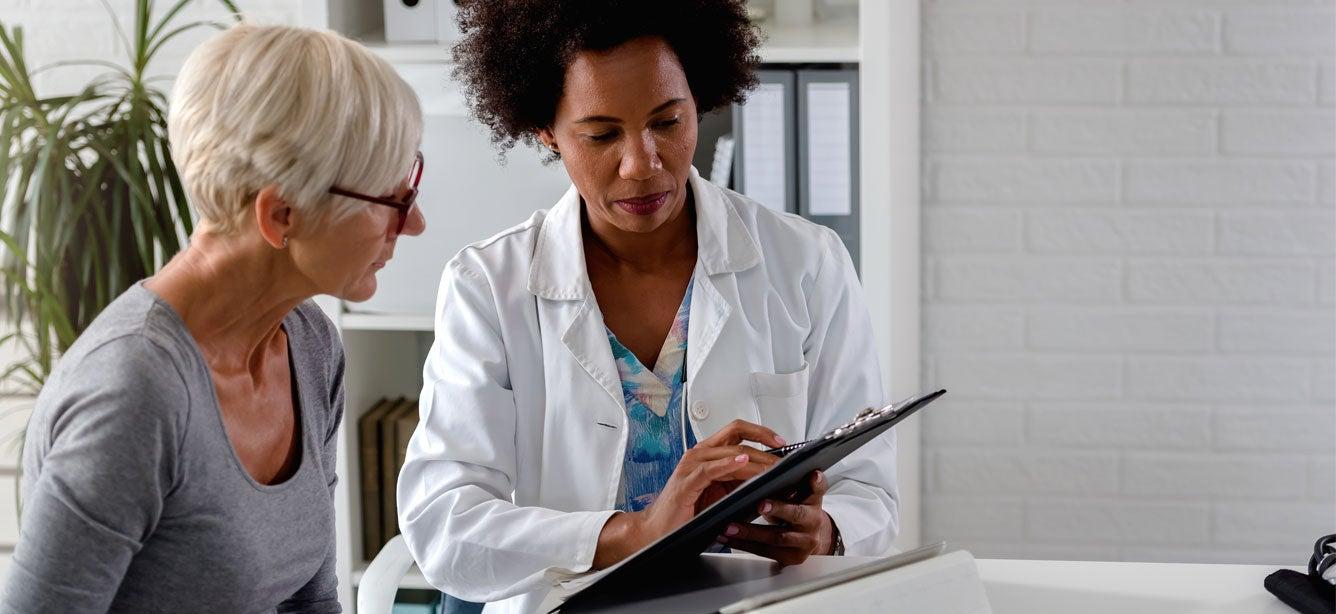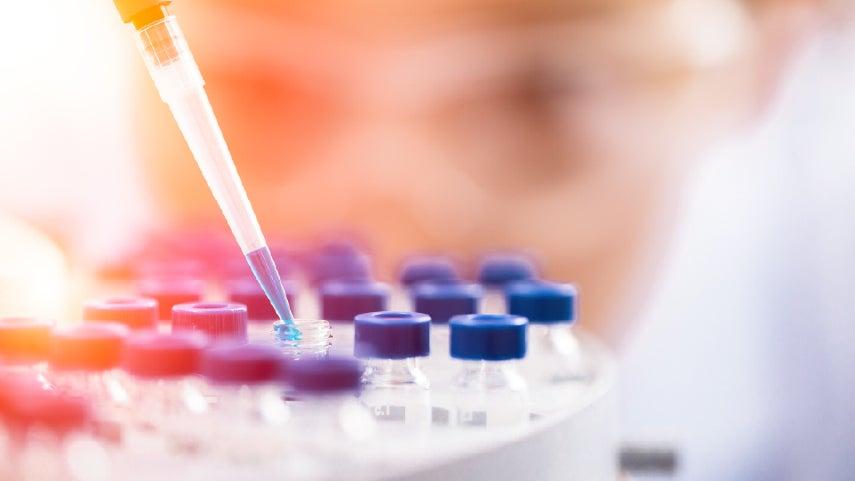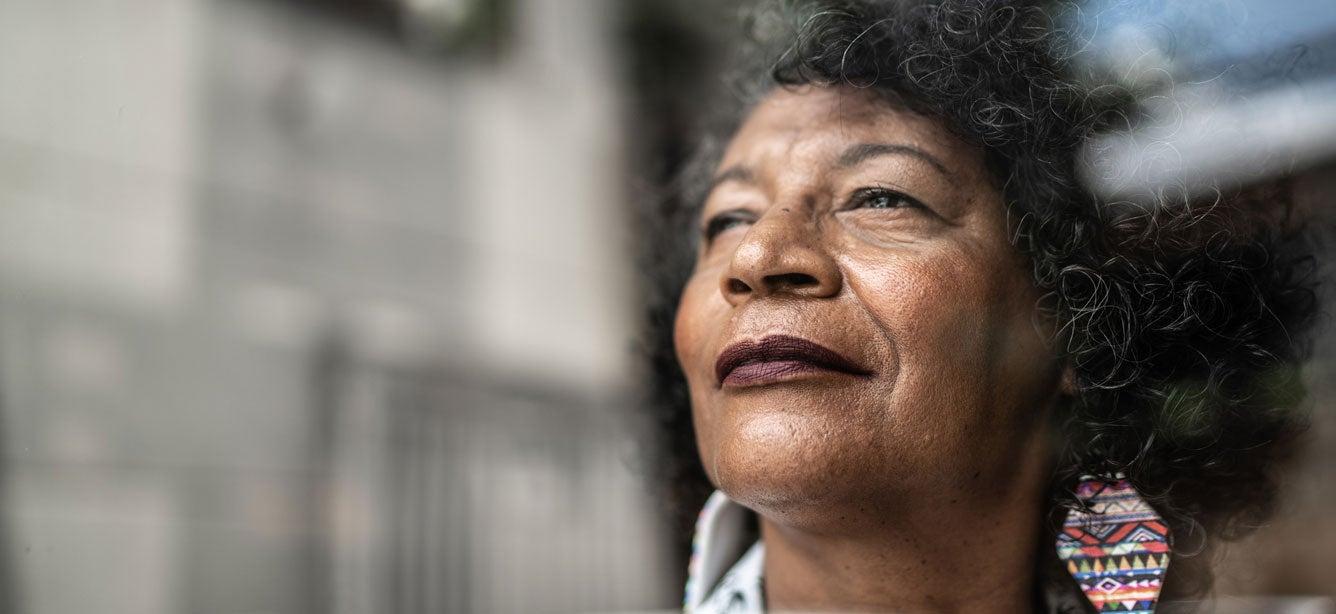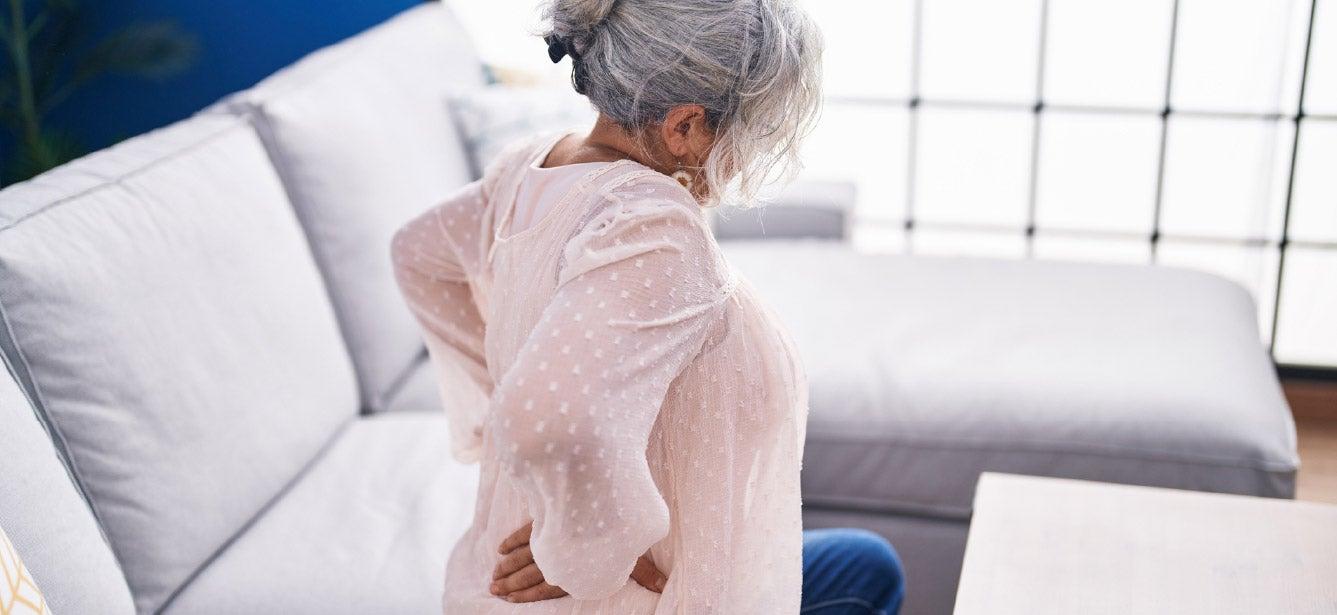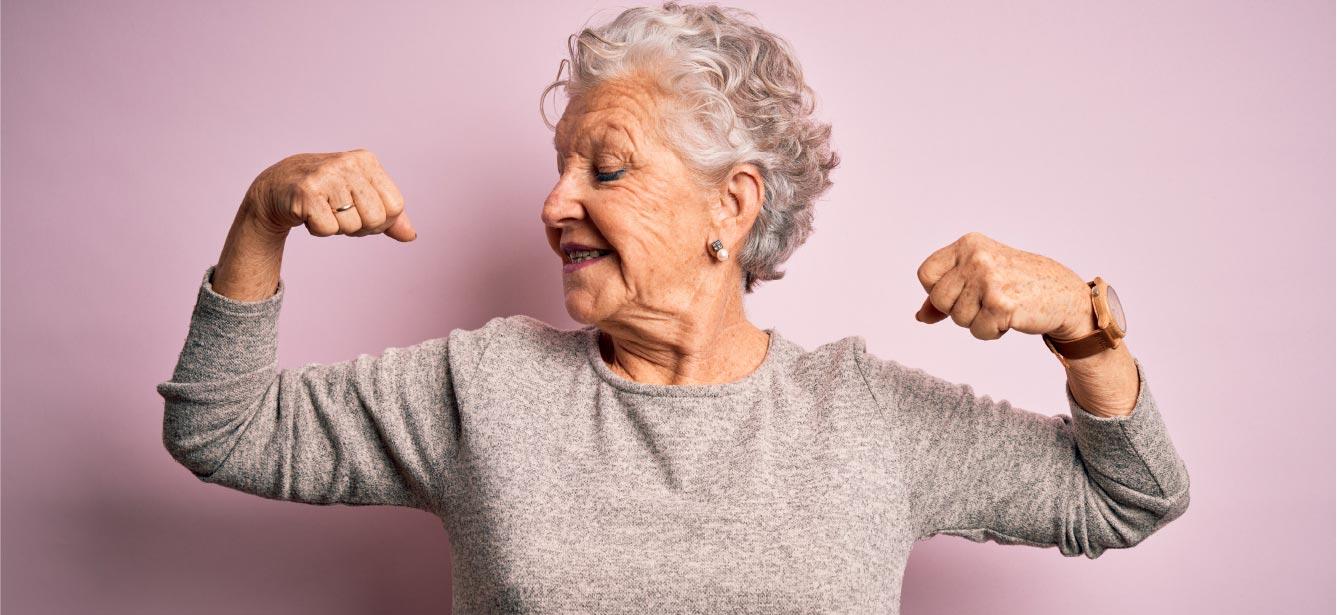
Related Topics
Sally (Lolly) Bates has some investment advice—but it doesn’t involve money. Instead, this 78-year-old active Nevadan wants women to regularly contribute to their “bone health” accounts. And she’d like them to start early.
Lolly is passionate about telling young adults to do everything they can to develop their bone mass and keep osteoporosis at bay. “It’s upstream advice by the time people get to my age,” Lolly said. “[It’s like], ‘I forgot to save for my bones. I forgot to have a plan.’
Lolly wants her granddaughter to know that the steps for preventing osteoporosis early in life are 1) getting enough calcium in your diet, 2) including vitamin D in your regime and 3) doing weight-bearing exercise.
“You don’t know when you’re a young woman [that] what you’re doing right now is the best thing for your bones,” she continued. “[But] it’s more important what they do with their bones than what I do, other than not falling down.”
Lolly is one of an estimated 54 million people in the United States today who lives with osteoporosis—a progressive condition that weakens the bones and leaves them vulnerable to fracture. Like many women with the disease, Lolly wasn’t even aware she had it. Unlike many women with the disease, she was diagnosed relatively young.
“It kind of kicked me in the butt,” Lolly recalled of first getting the news. But she didn’t stay down long. Armed with her newfound knowledge and the motivation to stay active and healthy, Lolly took the necessary steps to prevent further bone loss—as you’ll see later.
Do you know the risk factors for osteoporosis? Do you know its signs and symptoms? Lolly didn’t. Here’s what she learned—and why she hopes her story inspires others to take control of their bone health now.
What is the main cause of osteoporosis?
Although both men and women can develop osteoporosis, the condition typically affects post-menopausal, non-Hispanic white women.
That said, the risk increases with age, explained Dorothea Vafiadis, Director of NCOA’s Center for Healthy Aging. That’s because certain factors that impact bone density—hormones, exercise habits, medications, and some health conditions—tend to change as we get older.
If you are a woman entering menopause around age 50, that’s a time when estrogen levels drop, and bone loss begins. At the same time, we may exercise less; we may not eat as well as we should or have medical conditions that interfere with our ability to absorb nutrients, like calcium, that are essential to bone health,” Vafiadis said.
What are 5 things that point to osteoporosis?
The signs and symptoms of osteoporosis are often so subtle as to go unnoticed—which is why many health care professionals refer to it as a “silent” disease. It can progress for many years until a broken bone leads to further investigation and a diagnosis.
The most important risk factors for osteoporosis-related fractures are:
- Women aged 65 and older
- Men aged 70 and older
- Living with low bone density
- Having a bone fracture over age 50
- Living with certain chronic conditions (such as diabetes, chronic kidney disease, or rheumatoid arthritis)
“Often, a spinal fracture is the first indication that something is wrong,” Vafiadis says, “and those are difficult to detect.” In fact, while such fractures can occur soon after menopause, they may not be clinically apparent until they are truly severe. That’s why it’s important be on the lookout for these common indicators of a vertebral (spine) fracture:
- Loss of height by at least 1”
- Shortness of breath
- Back pain
- Posture changes (e.g., being hunched over)
Additionally, any fracture after age 50 suggests osteoporosis and should be evaluated. This is especially true if you’ve broken your wrist after a fall.
Can osteoporosis be prevented?
“Although Lolly’s story is unique osteoporosis is one of the major causes of disability in older people,” Vafiadis explained. Osteoporosis risk increases for people over age 50. Women, especially white and Asian women, are more likely to develop osteoporosis than men, however anyone can still be at risk of developing this condition if you’re a woman over age 50, or a man over age 70, ask your health care provider about getting screened.
Lolly’s osteoporosis story
Lolly knows all of this now. At the time of her diagnosis, however, none of it even registered on her radar. After all, she was in her early 40s, an avid runner, and a devotee of all things dairy.
She also happened to be part of a University of San Francisco School of Medicine study examining calcium uptake in female athletes. It was in the very early days of osteoporosis research, using dual-energy X-ray absorptiometry (DXA scans) to measure bone density, and Lolly was confident in how hers would look.
“I come from a family of milk drinkers. I was dutiful, I owned a natural foods store, I ran marathons,” she explained. “It sounds kind of perfect, doesn’t it? So, think of how shocked all of them were when it came out that my bones were in that shape.”
While the technologies and parameters for measuring and ranking bone density on a scale were different then than they are now, Lolly’s results fell squarely at the bottom. “It was a little bit of a controversy because it looked to me like I had been doing everything right. So where is my A+ on my report card?”
The unexpected news did have a silver lining, however: Warned early of her condition, Lolly had plenty of time to proactively address it with her doctors and get the advice and treatment she needed. Had it not been for the study, she easily could have been among the millions of people whose condition progresses unnoticed until they fracture a hip or their spine. And the complications of osteoporotic fractures can quickly lead to serious health deteriorations, and even death, in older adults.
That’s why she’s so passionate about raising awareness about bone health and the need to invest in prevention early. While there are plenty of effective lifestyle modifications and treatments for osteoporosis, Lolly advocates awareness among young women first. Especially, she says, because it can be impossible to know whether you’re personally at risk.
Lolly’s mother had broken a hip; family history of fractures is one potential risk factor for osteoporosis, though it remains unclear whether the condition is hereditary. And her paternal grandmother “looked very frail,” she remembered. “Other than that, it gets hard to tell” why Lolly developed osteoporosis so early, or at all. Regardless, she knew that taking whatever steps necessary to slow its progression was the logical path forward.
Even today, decades later, Lolly still runs, albeit more slowly than she used to, in order to stay healthy as possible. She pays attention to what she eats, takes dietary supplements as advised by her doctor, gets regular DXA scans, and started on a prescription medication designed to slow bone loss. Thanks to her participation in evidence-based falls prevention workshops, she also has good balance and strength and knows to pay attention to her home environment—eliminating tripping hazards and taking other precautions to avoid falling and reducing risk of fracture.
If you’re an older adult with risk factors for osteoporosis and you happen to meet her, one of the first things she’ll ask you is did you have a bone health scan? Or in her words, “Are you investing in your bones today?”
Lolly’s story, and our content covering bone health for older adults, was developed in partnership with Amgen. Learn more about Amgen’s commitment to supporting the osteoporosis community through innovative research, treatments, and education.

